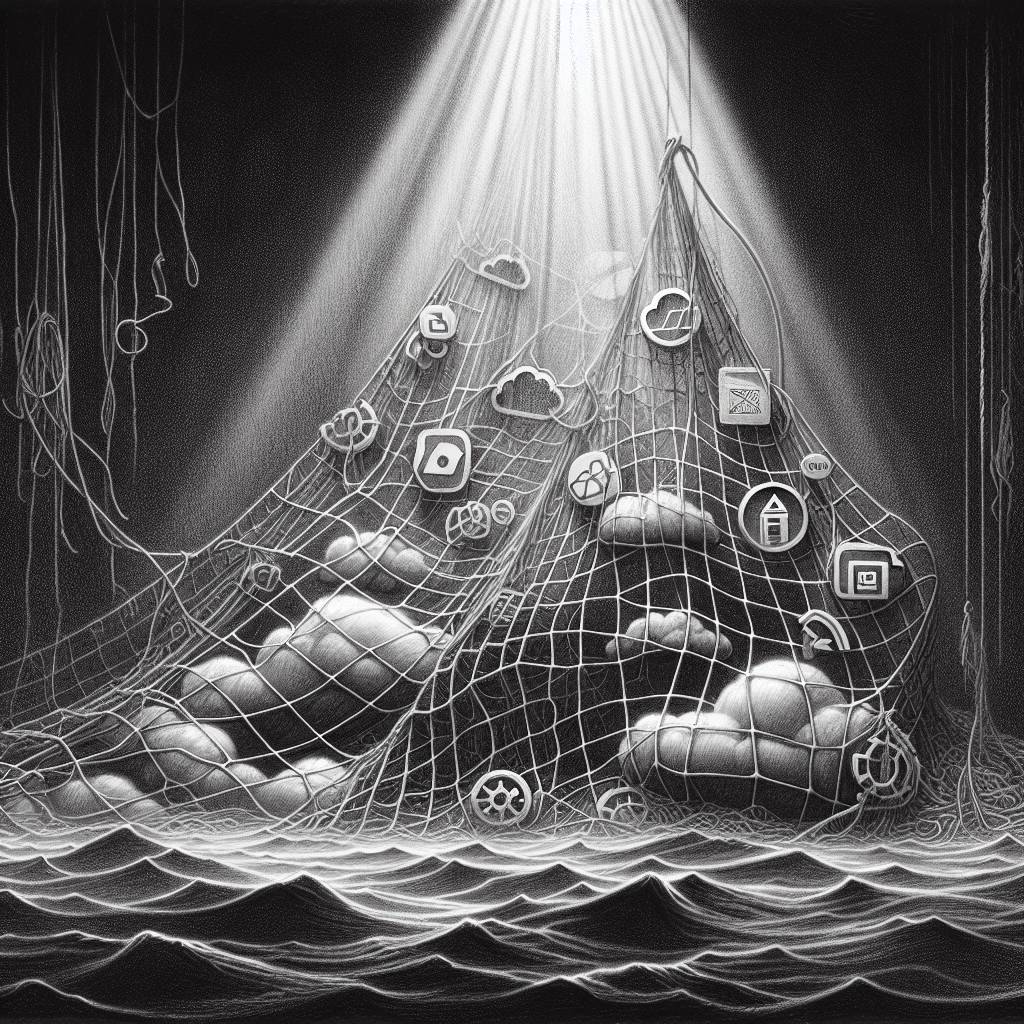Phishers Reel in Azure Credentials: European Industries Caught in the Net
Phishers went on a phishing expedition targeting 20,000 users in Europe to hijack Microsoft Azure accounts. Using clever social engineering tricks, they lured victims with DocuSign-enabled PDFs. While some attacks were blocked, the crooks remain persistent, highlighting the need for vigilance against phishing threats targeting cloud infrastructure.

Hot Take:
Looks like the phishers have traded their fishing rods for high-tech harpoons, aiming straight for the cloud! But hey, if you’re going to go phishing, why not aim for the stars… or at least the cloud? Watch out, Europe – these fishy folks are swimming in your Azure waters!
Key Points:
- 20,000 users targeted across various sectors in Europe by unknown phishers.
- Attackers aimed to hijack Microsoft Azure cloud infrastructure using stolen credentials.
- Phishing campaign included Docusign-enabled PDFs and malicious HubSpot links.
- Unit 42 researchers from Palo Alto Networks spotted and partially mitigated the attack.
- Campaign infrastructure linked to both Ukrainian and Russian language sites.
Phishing: The Cloudy with a Chance of Data Theft Forecast
In a thrilling episode of “Catch Me If You Can,” European companies in the automotive, chemical, and industrial compound sectors were caught in the crosshairs of a massive phishing expedition. These cyber pirates cast a net targeting 20,000 users, aiming to reel in juicy Microsoft Azure cloud credentials. With the finesse of a magician pulling rabbits out of hats, they duped victims into giving away keys to the cloud kingdom. But alas, Palo Alto’s Unit 42 swooped in like a superhero squad, thwarting these villains before they could complete their dastardly deeds.
Fishing for Credentials in a Sea of Suspicion
Who knew that a simple Docusign-enabled PDF could be as dangerous as a ticking time bomb? By exploiting the irresistible allure of urgent document signatures, these cyber tricksters lured victims into a virtual bear trap. The bait? A tantalizing HubSpot Free Form Builder link that redirected hapless victims to a convincing Microsoft Outlook Web Access login page. Enter your credentials, and boom – the phishers have successfully hooked another victim. It’s like shooting fish in a barrel, only with a digital spear gun.
Cloudy with a Chance of Russian-Ukrainian Showers
While Unit 42 couldn’t pin these attacks on any specific group (because cybercriminals don’t exactly wear name tags), they found both Ukrainian and Russian language websites tied to the attack infrastructure. Are these cybercriminals just multilingual enthusiasts, or is there an international intrigue afoot? We may never know, but one thing’s for sure: the cloud is a hot commodity, and everyone wants a piece of it.
Phishing Campaigns: The Never-Ending Story
Phishing campaigns are like that one friend who never gets the hint that the party’s over. Even after Unit 42 blocked these phishers from completing their evil objectives, phishing attempts continue to pop up like digital whack-a-mole. Just this week, Check Point researchers reported another phishing campaign spoofing Google Calendar invites. It’s a reminder that as long as there are inboxes to invade, phishers will keep inventing new ways to crash the party.
Don’t Get Hooked: Tips to Avoid Being a Phishing Victim
So, how do you avoid being the phish in a sea of predators? It’s all about that healthy skepticism. Before you click on that seemingly innocuous email link, ask yourself: Is this event invite too good to be true? Does this “urgent” Docusign file seem a little too urgent? And always, always double-check the sender’s address and any URLs. Remember, the phishers can only win if they manage to get you to take the bait. Stay vigilant, stay informed, and keep your credentials safe from those digital angling enthusiasts.
